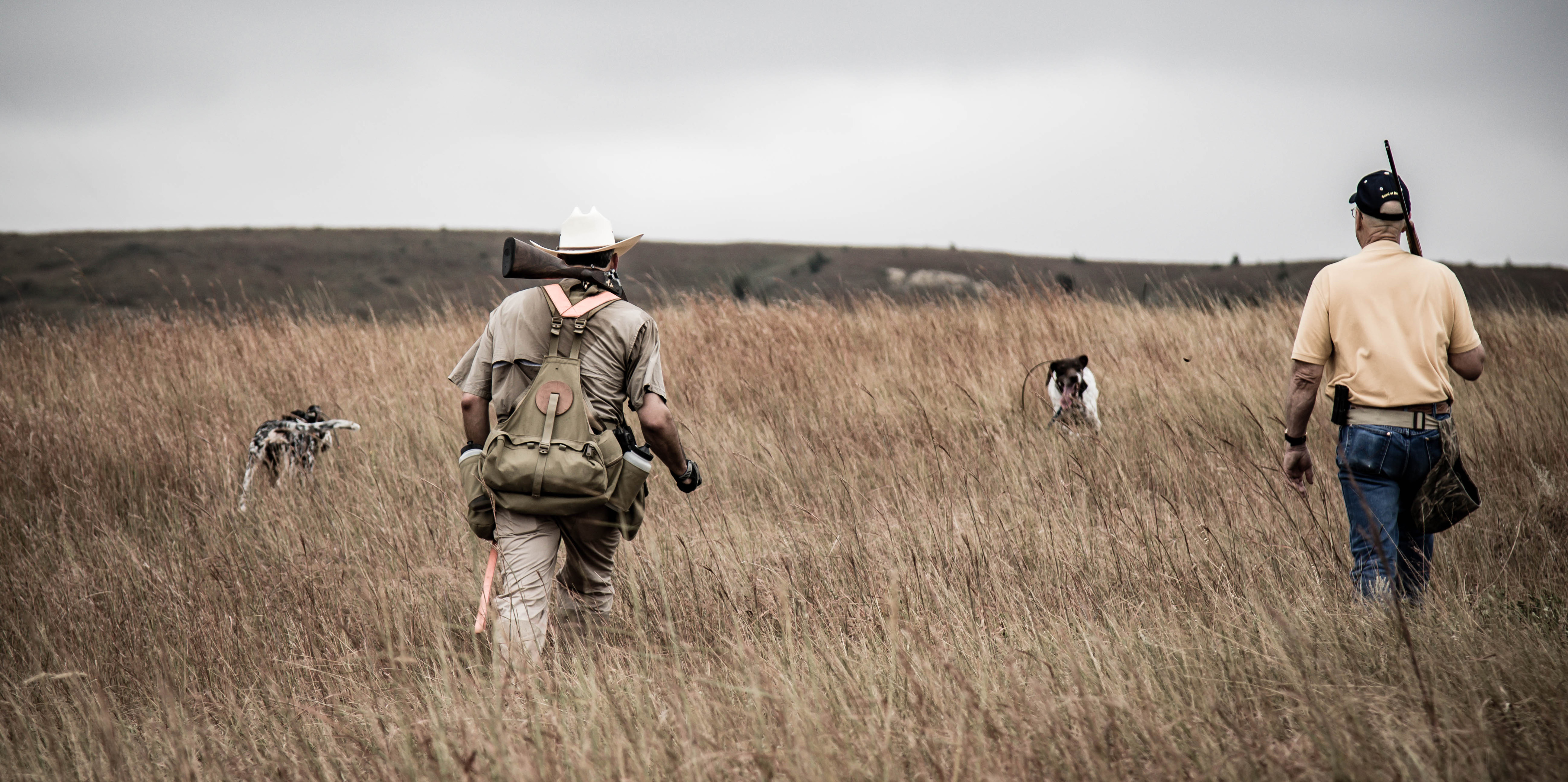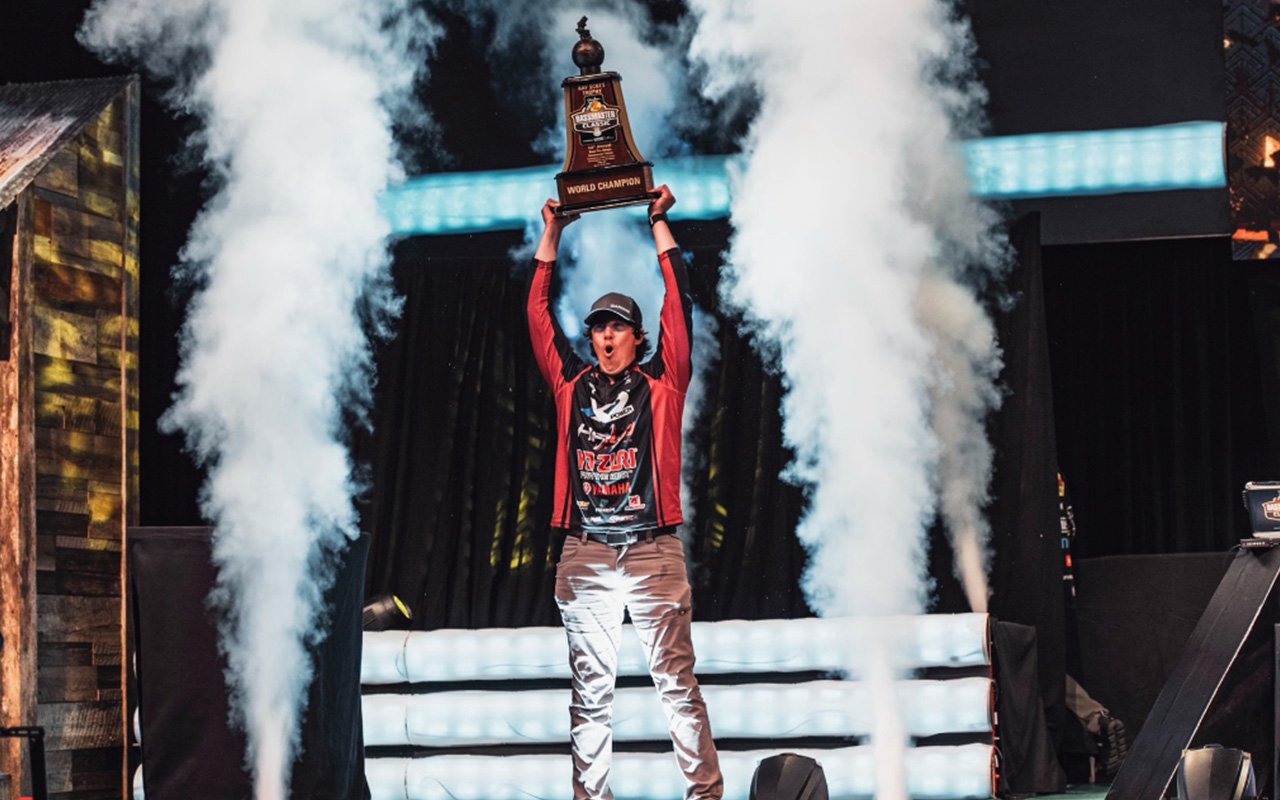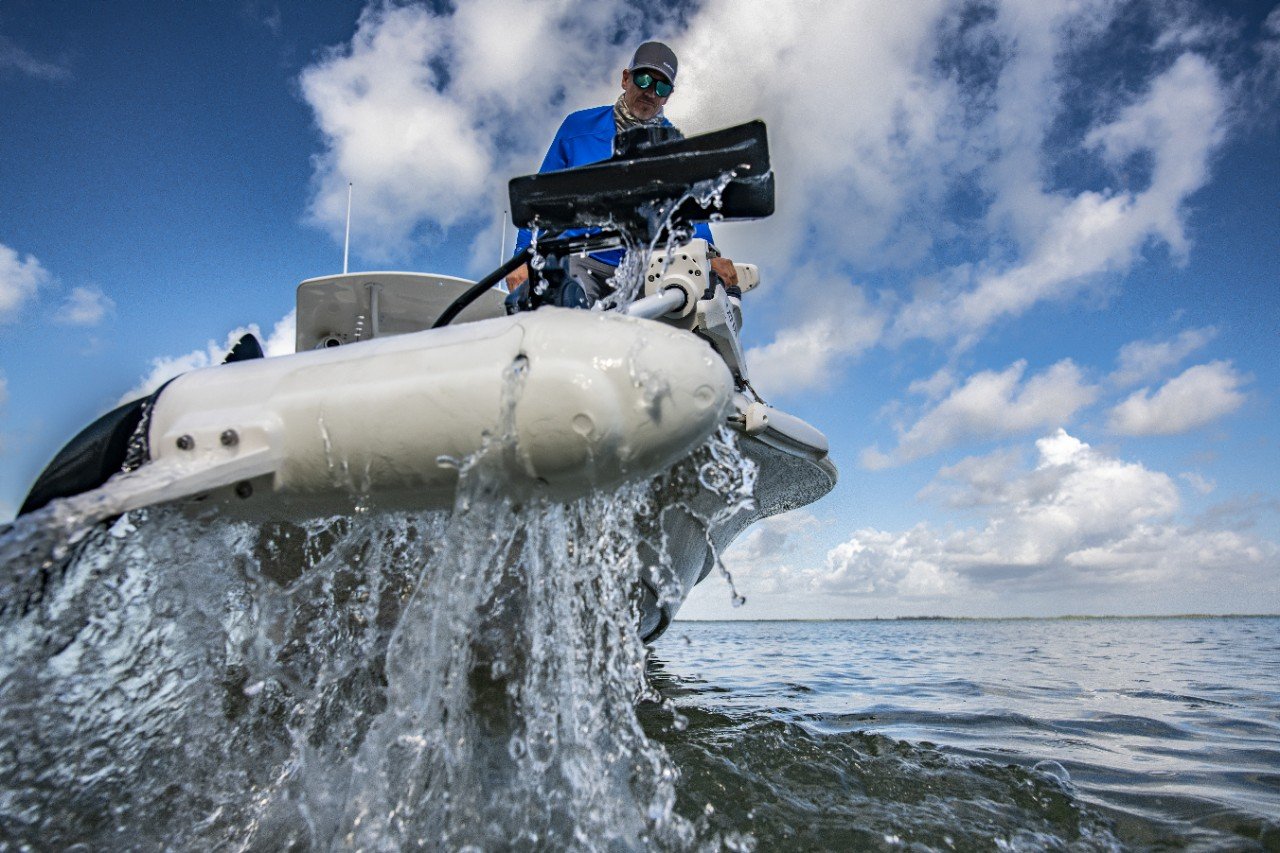
Trainin’ Dogs with Rick Smith: Adapting to New Terrain and Birds
You’ve waited all year for this trip, the first, big out-of-state hunting trip for you and your dog. The closer your departure date gets, the more your excitement builds. Seeing a new part of the country and enjoying the outdoors with scenery the exact opposite of what you’re used to back home is a thrilling adventure, and the fact that you get to hunt birds makes it even better. Your dog has quite a bit of hunting experience back home on your native gamebirds, is in good shape, and you’ve trained hard all summer. All that’s left to do is pack up and go. As you’re driving across the country, you wonder just how well your dog will adapt to hunting a new area and different birds.
There’s a first time for every experience, and those first experiences usually come with some educational mistakes. That’s not a bad thing, since we learn from those mistakes and improve. Dogs are no different. They learn to handle new terrain and new birds by just getting out there and hunting, but there is always a learning curve that comes with anything new and different. A dog that has spent most of its life finding single grouse in the thick cover of Maine or northern Wisconsin is going to be challenged by pointing coveys of quail in the wide open deserts of the Southwest (or the other way around). That doesn’t mean it won’t be a great hunt, but it does mean you’ve got to let the birds and the country help educate your dog.
What’s the best way to prepare a dog for these changes in terrain and game? Let’s say you’ve got a pup you’re training and you want it to be experienced enough to handle any bird, anywhere. In a perfect world (the one we haven’t discovered yet!), you’d take a month off work and hit the road. First, start on the prairies of Canada and turn that pup loose to run and hunt prairie chickens, Huns, and sharptails. A week or 10 days should do it. Next, drive down to Wisconsin and hunt the aspen clearcuts and thick timberland for ruffed grouse for another week. From there, pack up and head to the farmland, shelterbelts, and CRP of North and South Dakota, and let that pup learn about pheasants for a week.
Since Montana is right next door, hop on over for more opportunities on pheasant, Huns, and sharptails in some more new terrain. About a week there should do it. Pack up and head south, where bobwhite quail are waiting in the creek bottoms, fence lines, tree lines, and shinnery of Kansas, Oklahoma, and Texas Better figure a week and a half or so to hit all three states. Then it’s off for another week in New Mexico to hunt blue quail in the desert country.
What’s that you say? Our addition is off because that’s at least a month and a half? And you can’t take that much time away from work? We can’t do that either, although it does sound like fun. In all seriousness, any dog having this opportunity would be light years ahead in maturity and hunting experience. A pup given that kind of experience would grow up to be a great bird finder and likely to adapt well in most any situation; but for the majority of us, that kind of training trip is not reality. Plus, we missed hunting chukars on the steep, rocky slopes of Idaho; we never got to Kentucky or Georgia or California for more quail; and we completely missed the woodcock flights. Maybe next year.
So how do we accomplish that in the real world? Let’s look at Plan B. Do the best you can, where you can, when you can. All dogs will be their best in familiar territory, hunting the game they are most familiar with. They can adapt pretty easily, though. Remember first and foremost that dogs are predators. Their instincts to hunt for food will help then find game in any location, regardless of the cover or type of bird being hunted. The trick is in learning how different types of birds need to be hunted for maximum success. A dog used to woodcock holding tight will find a running pheasant frustrating; a dog used to bobwhites is going to find blues a challenge.
Experience is the best teacher, and this is one time when hunting an inexperienced dog with an older dog that knows the game and the cover can be a big benefit. The older, experienced dog will know where to find birds in the cover, and an inexperienced dog will catch on pretty quickly by following the experienced dog’s example. Ideally, if you are at an unfamiliar place and can spend a day or two hunting with someone local to the area, do so. This way, both you and your dog are likely to come away with a better understanding of how to hunt a particular bird in that part of the country.
Back home, get your dog into as many birds as possible. When it’s not nesting season, try to train on your native wild birds, even when it isn’t hunting season. Training doesn’t have to mean shooting birds: It’s more about finding, working, and holding the birds. Dedication and determination are two very important factors in building a bird-finding dog, and once those have been developed, your dog can take that drive and use it anywhere.
If all you have available are pen-raised and planted birds, use them. Try to vary the type of bird as much as you can, rather than just using one kind. If you’ve got access to chukars, pheasants, and quail, use all three. Chukar, quail, and pheasant all act differently and have some different habits, so help your dog learn the difference by planting them in realistic spots where that species would be found. If you’re heading west to hunt quail and your dog has only seen preserve pheasants, then find some quail and use them before you leave. The more variety your dog sees in training, the better. Experience can’t be trained – it needs to be gained through repetition, and trial and error. There’s no fast way to accomplish it.
One other factor to mention is helping you dog (and yourself) with the requirements of different terrain. Things like higher altitudes can take a toll on both human and dog, so in addition to having your dog in good physical shape before you go, prepare to slow down a bit and give yourself time to adjust. And remember, our dogs often have bigger hearts than they should, and they don’t always pace themselves according to what their bodies can handle. That means we have to be responsible for keeping them fit and hydrated and also know when to quit or take a break to let them (and ourselves) rest.
In the Southwest, remember that your dog’s feet may need extra attention if the sandburs are thick; and if your dog is a breed with longer hair and feathering, keep a close watch for burs in the coat. They can tangle and work their way into a sore spot in a hurry. Using a horse product like Cowboy Magic or Show Sheen on the dog’s coat before hunting can help burs from getting stuck and can help them slide out easily. If your dog isn’t used to cactus, be prepared to go over them and check for cactus spines. If you plan to hunt in areas where snakes may be a problem, consider vaccinating your dog and/or having a snake-breaking session before you go. There are few things more frustrating than spending a lot of time and training and money on a big trip and ending up with problems that could have been easily prevented by a little advanced planning.
The bottom line with any dog is that the more they hunt and the more birds they find, the better they’ll be. If the genetics are there, the training is thorough, and they get consistent exposure to plenty of birds, they’ll likely make a pretty good bird dog most anywhere once they learn the game. The time spent preparing is well worth the effort in the long run.
Follow Garmin Fish & Hunt on social media for more dog training videos and tips.
Originally appeared in The Pointing Dog Journal. Written by Sharon Potter




